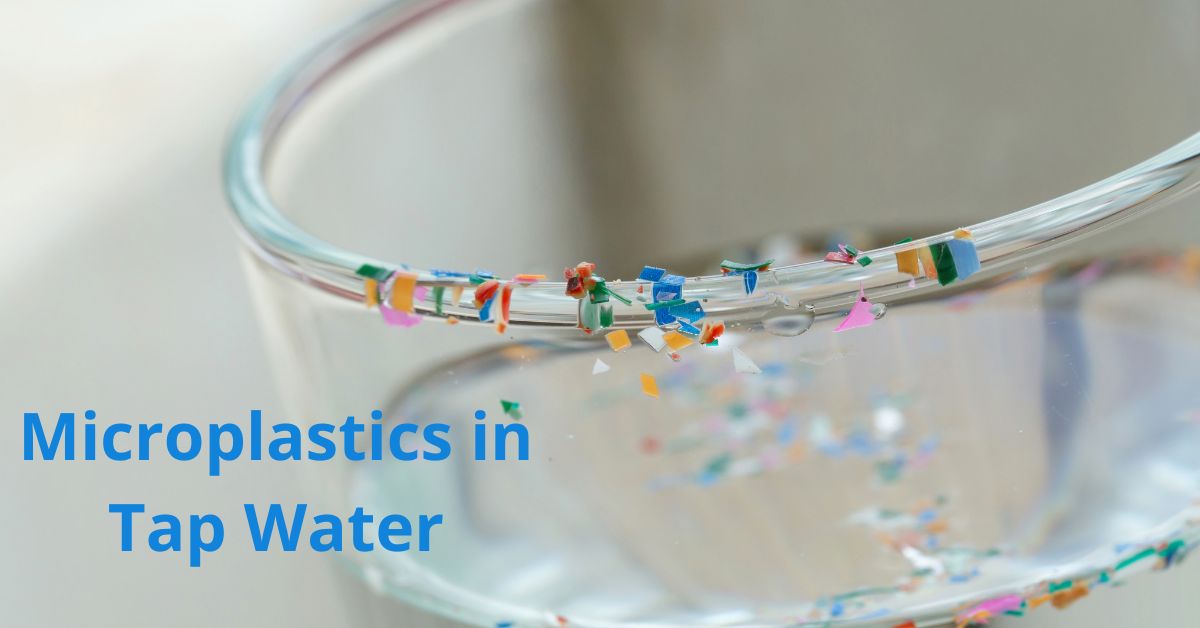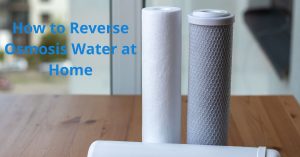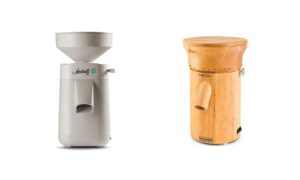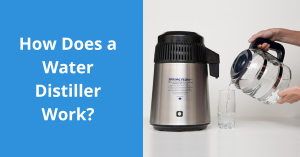Microplastic contamination of drinking water supplies is an emerging issue receiving more focus recently. As both research and public awareness grow around microplastics, questions arise over how prevalent they are in tap water sources and any possible health impacts.
What are Microplastics?
Microplastics are tiny fragments of plastic under 5 mm in size that make their way into the environment. They come from the breakdown of larger plastic products, synthetic clothing fibres, microbeads in cosmetics, and other sources. They are challenging to filter because of their small size, which makes wildlife able to consume them.
Presence in Drinking Water
Various studies analysing tap water have detected microplastics, especially in densely populated areas. For example:
- A 2017 study found microplastics in 83% of tap water samples from over a dozen countries around the world. Synthetic plastic fibres were the main type found.
- Research shows contamination of Australian tap water with microplastics, with the most common including polyethylene terephthalate (PET), polypropylene (PP), and polyethylene (PE) (2).
- Even remote areas aren’t immune. An expedition to the French Pyrenees mountains found microplastics in rainwater and snow samples falling there.
The main route appears to be microplastics entering waterways and groundwater after wastewater treatment. Levels detected are still very low, ranging from just 2 to over 300 particles per liter. But the long-term effects of ingesting microplastics merit further study.
Potential Health Effects
While research is in its early stages, some concerns over consuming microplastics include:
- Toxicity from ingesting plastic chemical components
- Absorption of other toxins in the environment that microplastics accumulate
- Enzyme and hormone disruption from compounds leaching into water
The biggest question is whether microplastics can cross from the digestive system into body tissues, the bloodstream, and organs. If so, it raises the risks substantially. Most experts agree that more research is urgently needed.
Reducing Your Exposure
Unfortunately, few conventional water treatment methods effectively capture microplastics. However, some specialised filtration options to consider include:
- Reverse osmosis filtration using tight membranes to remove microplastics
- Activated carbon block filters in benchtop water filters and under sink water filters absorbing some microplastics
While research continues, using advanced filtration provides precautionary protection against this emerging water contaminant. Monitoring the science will also be key to understanding microplastic risks as findings develop.




